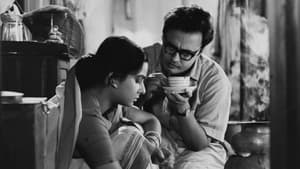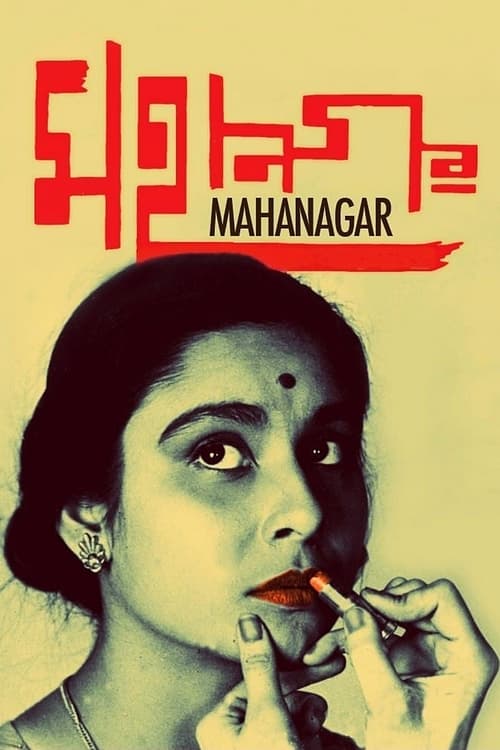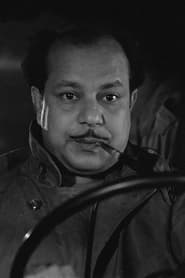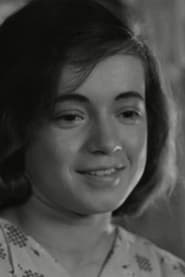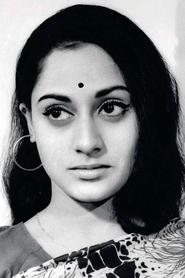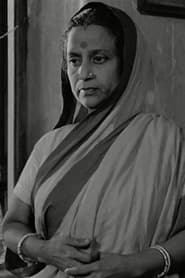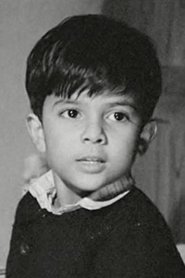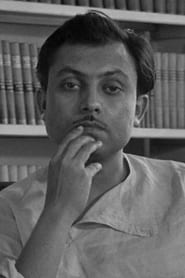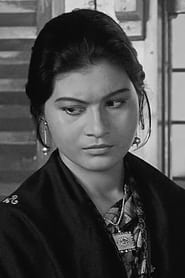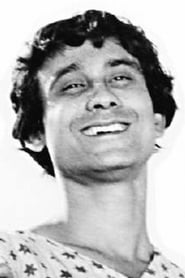Cast
View AllMadhabi Mukherjee
as Arati Mazumdar
Anil Chatterjee
as Subrata Mazumdar
Haren Chatterjee
as Priyogopal Mazumdar
Haradhan Bandopadhyay
as Himangshu Mukherjee
Vicky Redwood
as Edith Simmons
Jaya Bachchan
as Bani Mazumdar
Sefalika Devi
as Sarojini Mazumdar
Prasenjit Sarkar
as Pintu Mazumdar
Shyamal Ghoshal
as Anupam
Gitali Roy
as Anupam's Wife
Tapan Chatterjee
as Subrata's Colleague
Bibhuti Bhushan Banerjee
as
Manisha Chakraborty
as
Arun Chowdhury
as
Pritish Dey
as
Crew
Director
- Satyajit Ray
Producer
- R.D. Bansal
Reviews
Sayantan Chatterjee
<b>Rating: 9.5 / 10</b>
<blockquote>
<i>"If opportunity doesn't knock, build a door."</i>
<br><br>
— Milton Berle
</blockquote>
Owing to a banking failure typical of the post-independence India, Subrata(Anil Chatterjee) loses his job and must reconcile with the shortcomings of the situation, his insecurities as his wife Arati(Madhabi Mukherjee) becomes the sole breadwinner of the family.
Arati's story feels both intricately real and extremely personal as the narrative flows from the tantrums at home to the politics at the office, and she must learn to be adept at handing either of them as she gets to mingle with other classes and races of the society, breaking through her shyness in both her appearance and her speech.
The Big City (মহানগর) leaves us ruminating at the grappling for opportunities at the transience of hope and progress, regardless of race and gender, amongst a myriad of opportunities and the humdrum of the bustling citizens.
This work from Ray gains its mammoth significance as he makes the viewers truly manages to care for this simple family with a simple narrative, with a true sense of depth and detail, yet somehow remaining weightless and effortless in depicting the social evolution.
A true masterpiece.
Jul 9, 2018
Thematic Analysis
As a dramatic work, The Big City examines complex human relationships and emotional struggles against the backdrop of a period setting that reflects societal issues of its time. The character development particularly stands out, offering viewers a chance to reflect on their own life journeys.
Director Satyajit Ray brings their distinctive visual style to this film, continuing their exploration of themes seen in their previous works while adding new elements. Their approach to character development and emotional depth creates a viewing experience that rewards close attention.
Released in 1963, the film exists within a cultural context that now offers viewers historical perspective on the social issues of that era. Its critical acclaim reflects its artistic achievements and its place in cinema history.
Did You Know?
- The production of The Big City took approximately 8 months from pre-production to final cut.
- The final cut of the film runs for 136 minutes, though the director's initial assembly was reportedly 194 minutes long.
- The director insisted on using practical effects whenever possible, reserving CGI for only the most necessary scenes.
- The musical score contains over 39 unique compositions.
- The screenplay went through 9 major revisions before the final shooting script was approved.
Historical Context
- In 1963, when this film was released:
- The space race between the USSR and USA was at its height.
- Social and cultural revolution was transforming Western societies.
- The film industry was dominated by major studios, with independent cinema still in its early development.
How This Film Stands Out
While The Big City shares thematic elements with other films in its genre, it distinguishes itself through its unique approach to storytelling, visual style, and character development.
Unlike Intact, which focuses more on action than character development, The Big City offers a fresh perspective through its innovative visual language and narrative structure.
While films like Nixon and Steel Magnolias explore similar territory, The Big City stands apart through its deeper exploration of its central themes and more complex characterization.
This film's unique contribution to cinema lies in its thoughtful balance of entertainment value and thematic depth, making it a valuable addition to its genre.
Details
- Release Date: September 27, 1963
- Runtime: 2h 16m
Where to Watch



